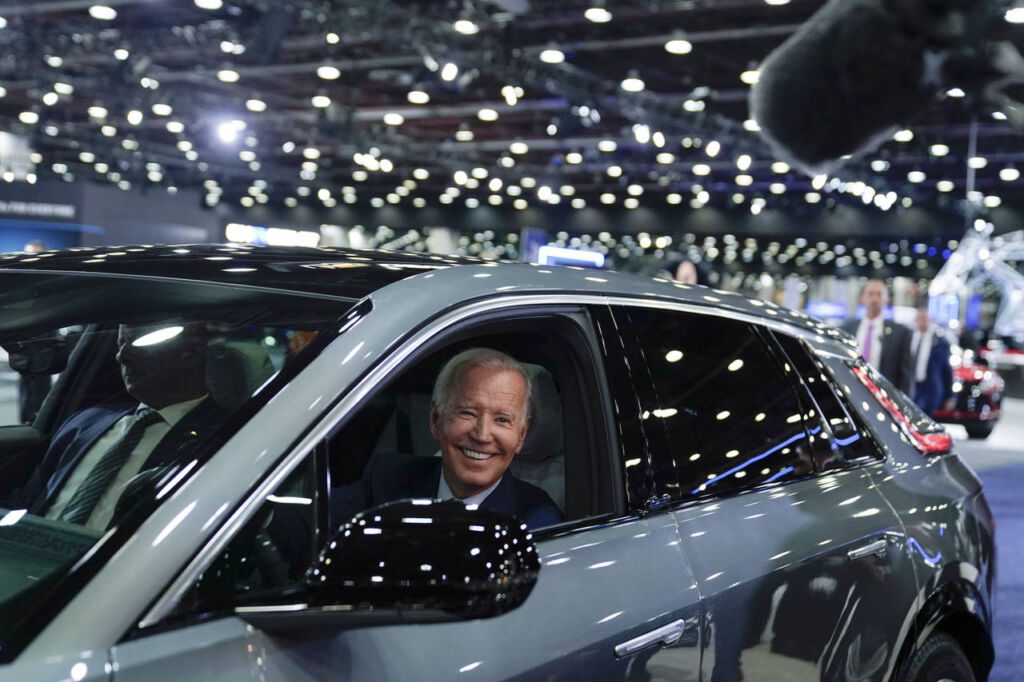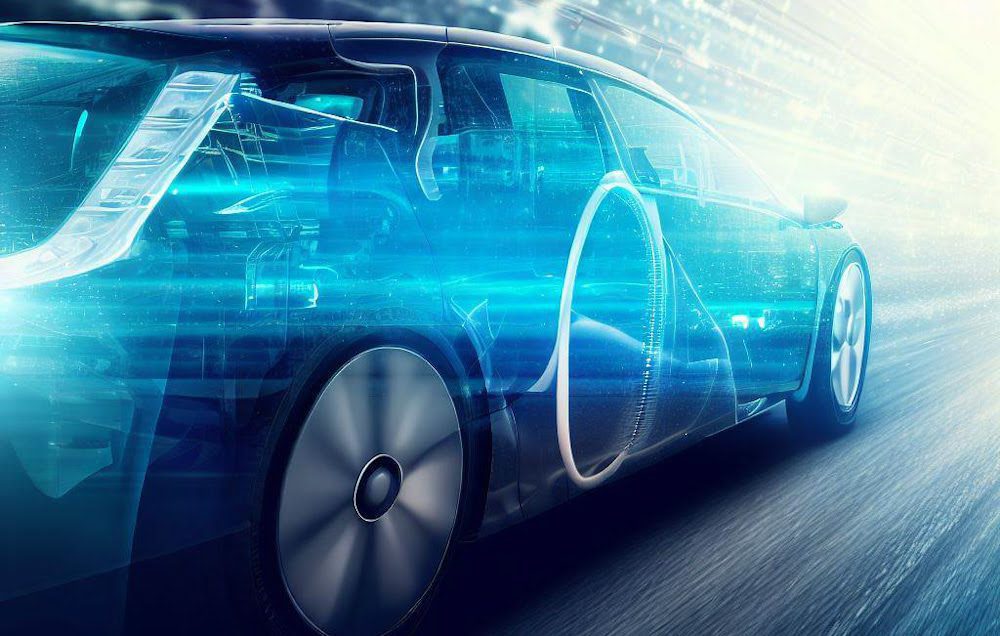Biden Administration’s New Guidelines for Electric and Hybrid Cars: What You Need to Know

Estimated reading time: 3 minutes
The Biden administration, in collaboration with the U.S. Environmental Protection Agency (EPA), has introduced updated guidelines aimed at curbing tailpipe emissions from automobiles and lessening the environmental impact of greenhouse gases. These regulations, effective for the model year 2027 vehicles and those produced until 2032, offer a more flexible approach for car manufacturers to gradually mitigate emissions.
Implications for Car Types
The EPA emphasizes that carmakers can comply with these emissions limits by employing a diverse sales strategy across various vehicle types. This includes conventional gasoline-powered cars, hybrid electric vehicles (HEVs), plug-in hybrid electric vehicles (PHEVs), and battery-electric vehicles (BEVs). The agency’s strategy relies on advancements in the electric vehicle (EV) sector, coupled with governmental incentives and expanded domestic production facilities.
Advantages for Consumers
The EPA underscores that while the primary goal is emissions reduction, the transition will yield significant benefits for consumers. Upon full implementation, these standards are projected to save the average American driver approximately $6,000 in reduced fuel and maintenance costs over a vehicle’s lifespan. Additionally, the initiative is expected to generate savings of $62 billion annually in fuel expenses, translating to around $6,000 per vehicle owner over the vehicle’s lifetime.
Expanding Choices
With over 100 fully and partially electric car models available in the market, the EPA asserts that the new guidelines will expand consumer options, allowing them the freedom to choose their preferred fueling methods. The proliferation of electric charger networks, along with connector standardization efforts such as Tesla’s NACS adoption, forms a crucial component of the EPA’s strategy. Moreover, the initiative catalyzes original equipment manufacturers (OEMs) to accelerate their electrification objectives, albeit with adjusted sales targets.
Industry Challenges and Opportunities
While the updated guidelines offer promising benefits, they also present challenges for car manufacturers. The EPA estimates that complying with the new standards may increase technology expenses for manufacturers by approximately $1,200 to $1,400 per vehicle between 2027 and 2032. Although federal electric car incentives of up to $7,500 are available to mitigate these costs, adapting to the regulations poses operational complexities for manufacturers.
Market Dynamics and Adaptation
Despite initial resistance from certain manufacturers, the inevitability of electrification underscores the need for adaptation. The EPA anticipates that electrified vehicles will comprise between 30% and 56% of a brand’s net sales by 2032, necessitating a strategic realignment for companies like Toyota, which have expressed skepticism regarding EV adoption. The transition also presents an opportunity for market consolidation and technological innovation, with brands like Tesla poised to capitalize on their existing infrastructure and software capabilities.
Conclusion
In conclusion, the Biden administration’s new guidelines for electric and hybrid cars signal a paradigm shift in the automotive industry towards sustainability and emissions reduction. While challenges exist, including increased technology expenses and market adaptation, the initiative offers tangible benefits for consumers and the environment. As the industry navigates these changes, consumer choice and affordability are poised to improve, ultimately driving progress toward a greener transportation ecosystem.






Responses